“Assessment is not about compliance or grading—it’s about understanding and improving student learning.”
Assessment is a critical part of the learning process. It provides educators with data to improve both teaching strategies and student outcomes. As Linda Suskie emphasizes in Assessing Student Learning, assessment should be used not to judge students, but to improve learning and refine programs.
When planning a course, start by considering how and when students will demonstrate their learning. This proactive approach ensures that assessments are intentional and aligned with course objectives (Wiggins & McTighe, 1998).
Key Guidelines for Designing Assessments:
-
-
Focus on Formative Assessment: Use regular, low-stakes assessments to give students feedback and opportunities to improve.
-
Make Assessments Authentic: Design tasks that mirror real-world applications and challenges.
-
Avoid Punitive Grading: Grades should reflect learning, not discipline.
-
Don’t Let Grading Drive the Course: Assessments should support your teaching goals—not dictate them.
-
Foster a Culture of Learning, Not Earning: Emphasize growth, curiosity, and mastery over grades.
-
Exploring Assessment Types:
1. Alternate and Authentic Assessment Methods
Explore options beyond traditional tests—portfolios, case studies, presentations, and reflective journals can offer deeper insight into student learning.
2. Formative vs. Summative Assessment
-
Formative: Ongoing checks for understanding (e.g., quizzes, discussions, drafts).
-
Summative: Final evaluations (e.g., exams, projects) that measure mastery.
3. Multiple-Choice Questions (MCQs)
Well-designed MCQs include:
-
A clear stem (the question/problem)
-
One correct answer
-
Several distractors (plausible but incorrect options)
4. Writing Prompts
Effective prompts are specific, engaging, and tied to course outcomes. They help students explore key ideas while demonstrating comprehension.
Using Assessment as Feedback:
Assessment should be a two-way street. Students learn from feedback, and instructors gain insight into what’s working—or not.
Do you ever leave a class wondering if your students understood a word you said? That’s a sign to revisit how you’re checking for understanding.
Quick Tips for Assessment and Grading:
-
Grade based on outcomes, not attendance.
-
Encourage attendance with engaging content—not points.
-
Rethink participation grades—consider alternative strategies for engagement.

